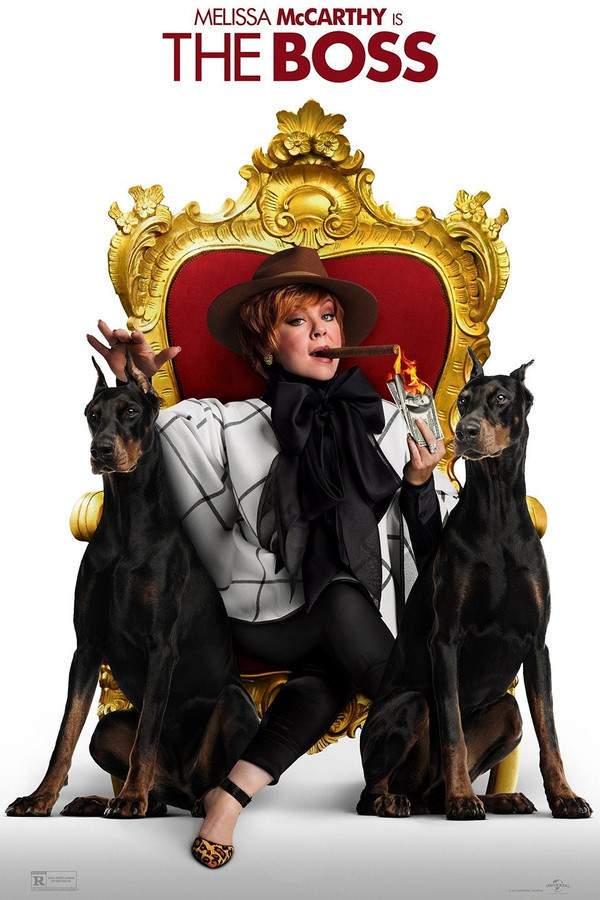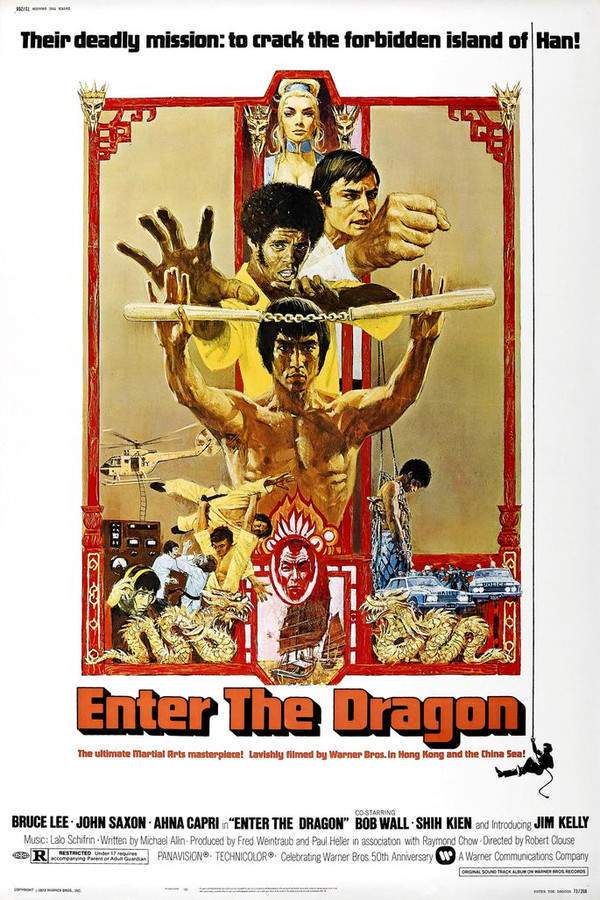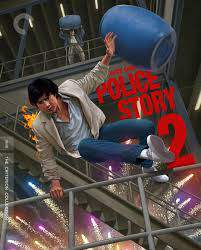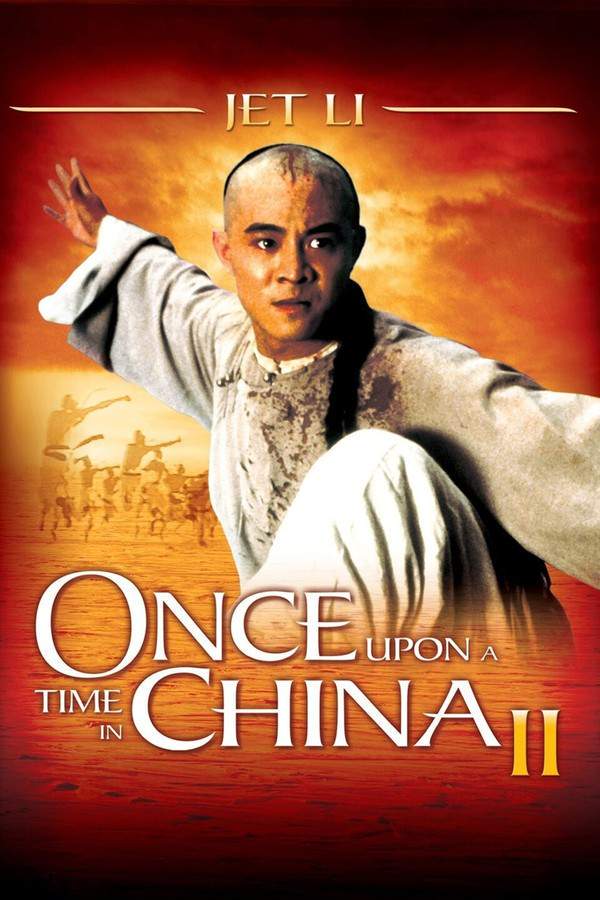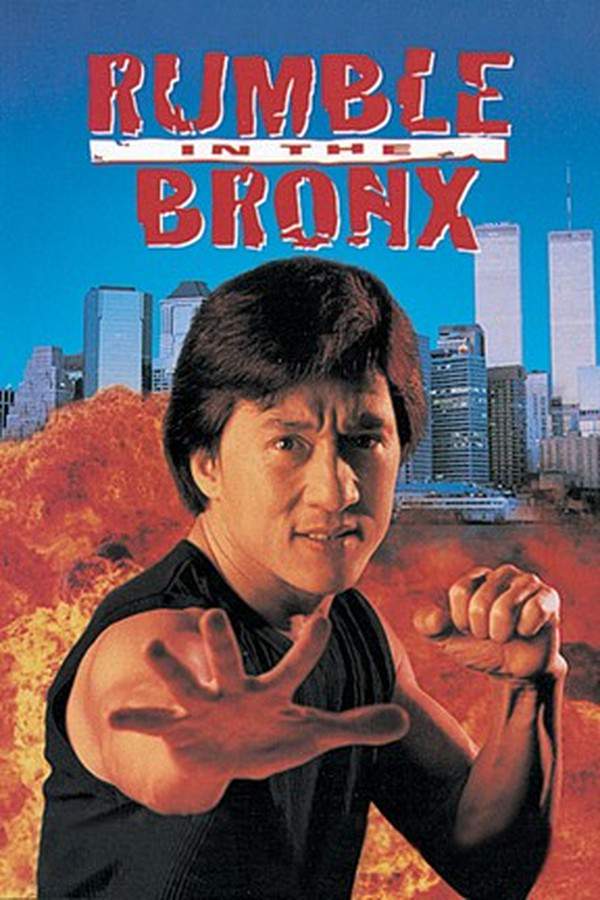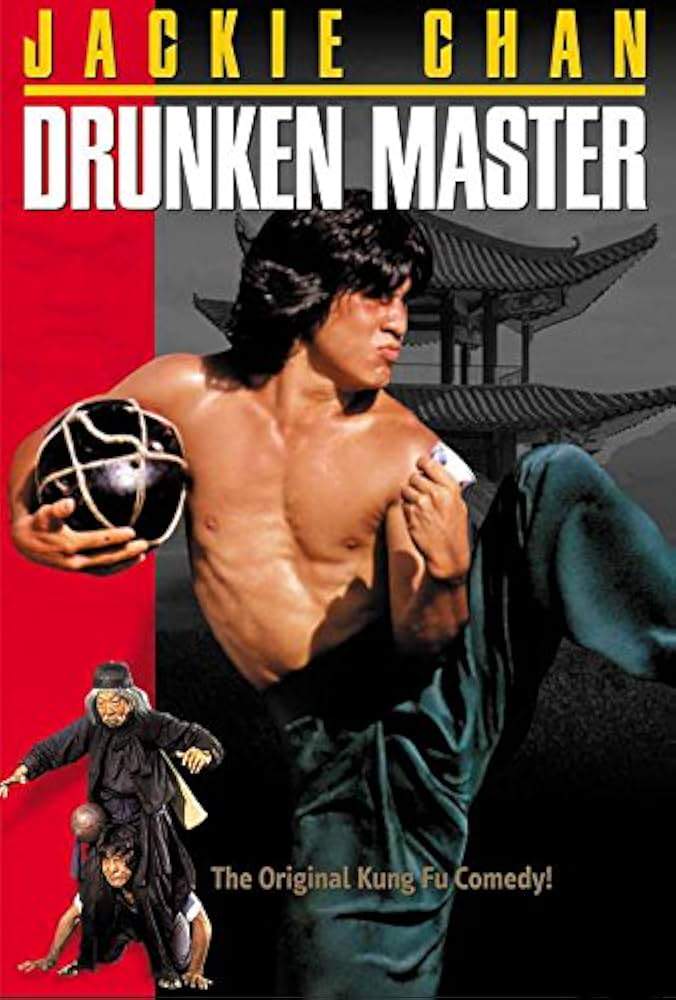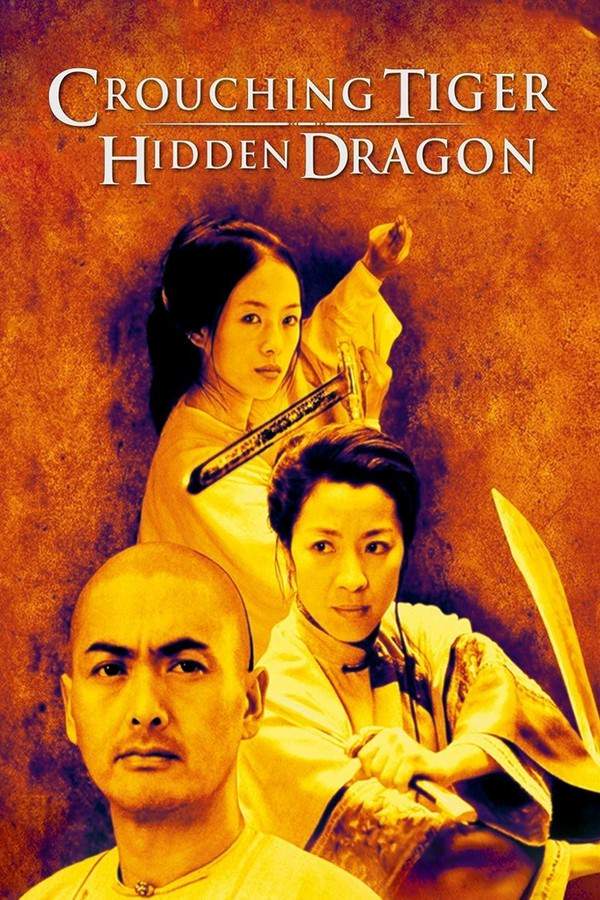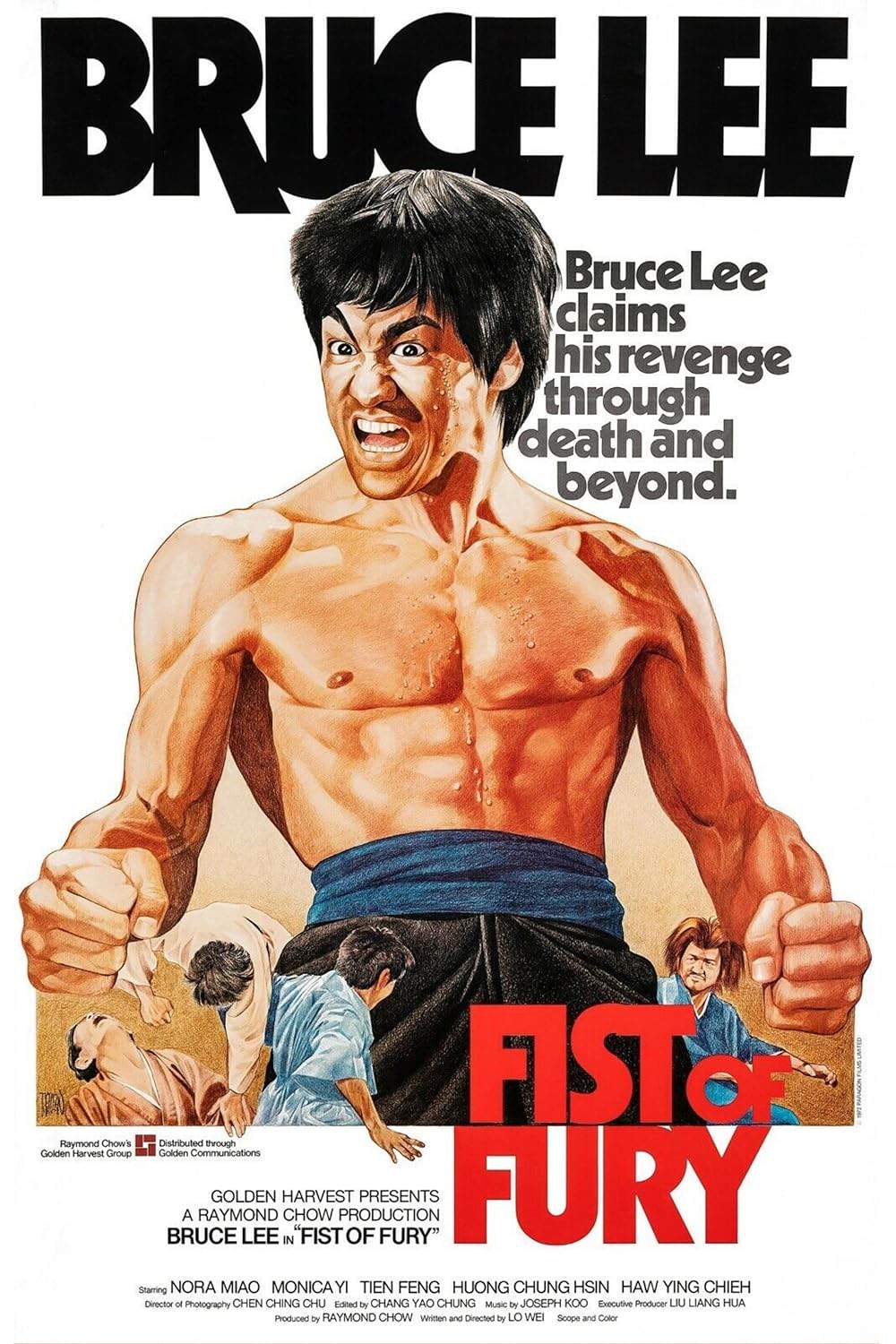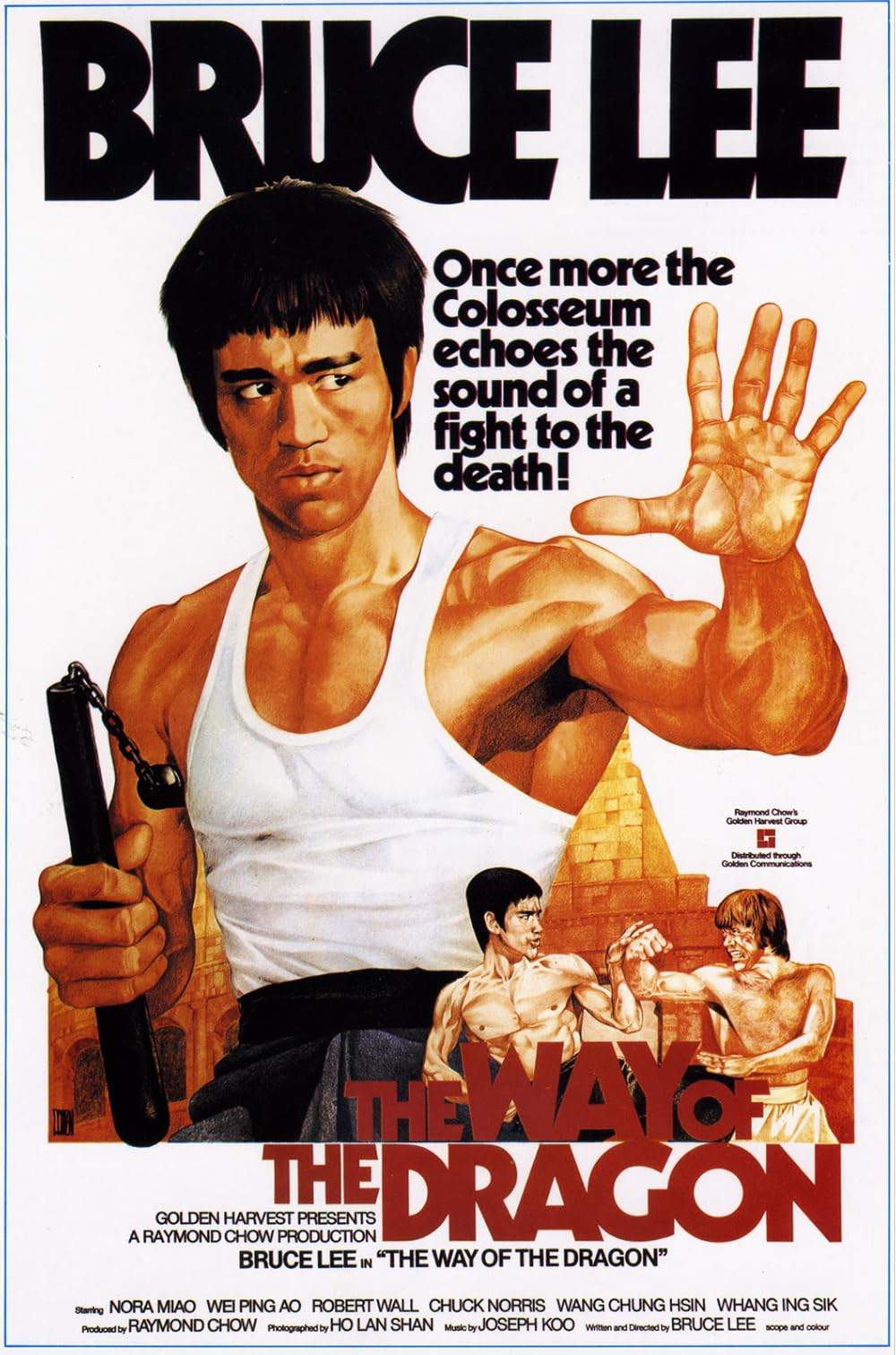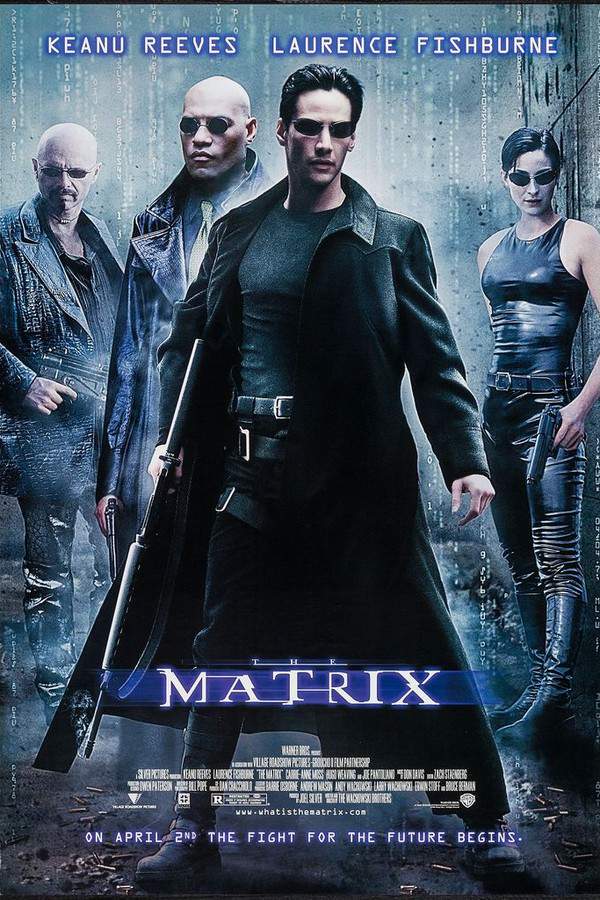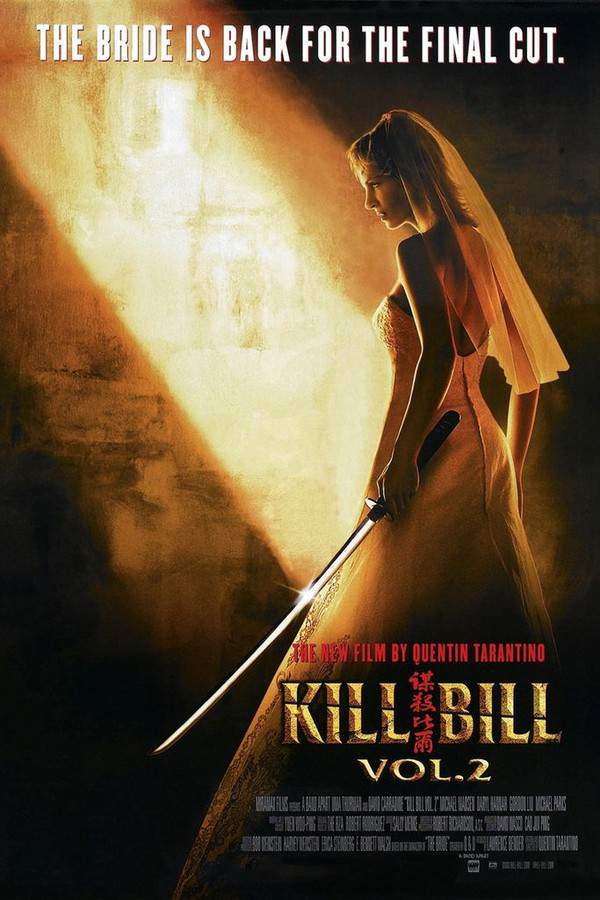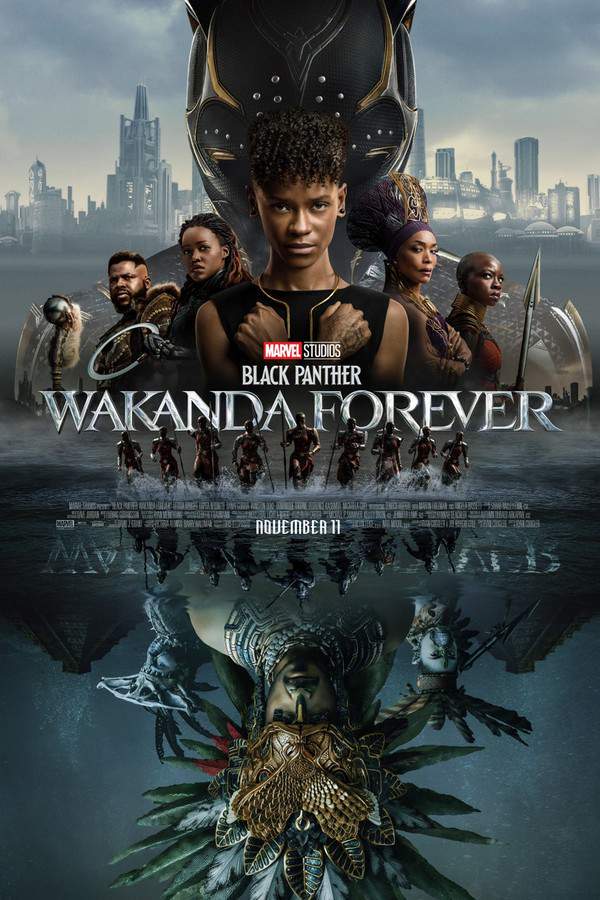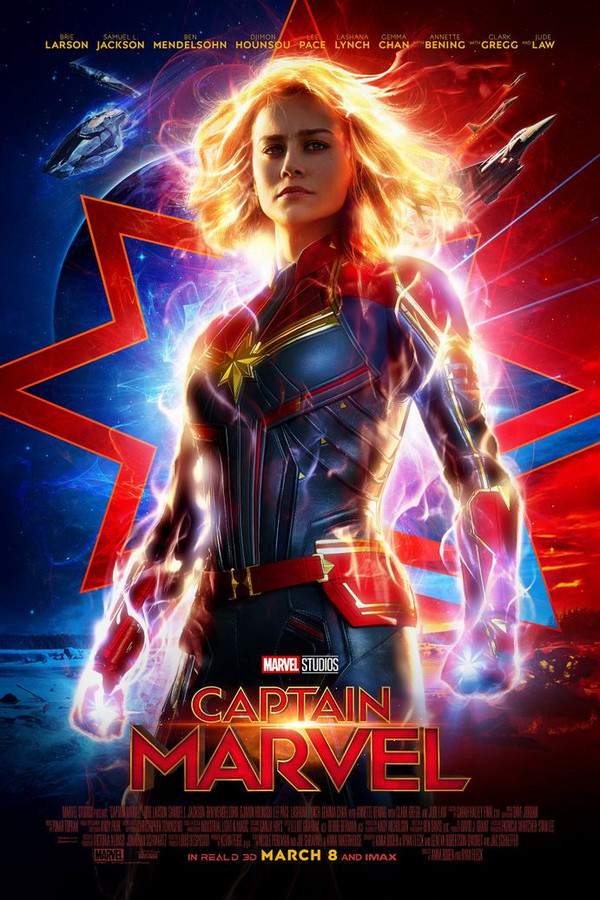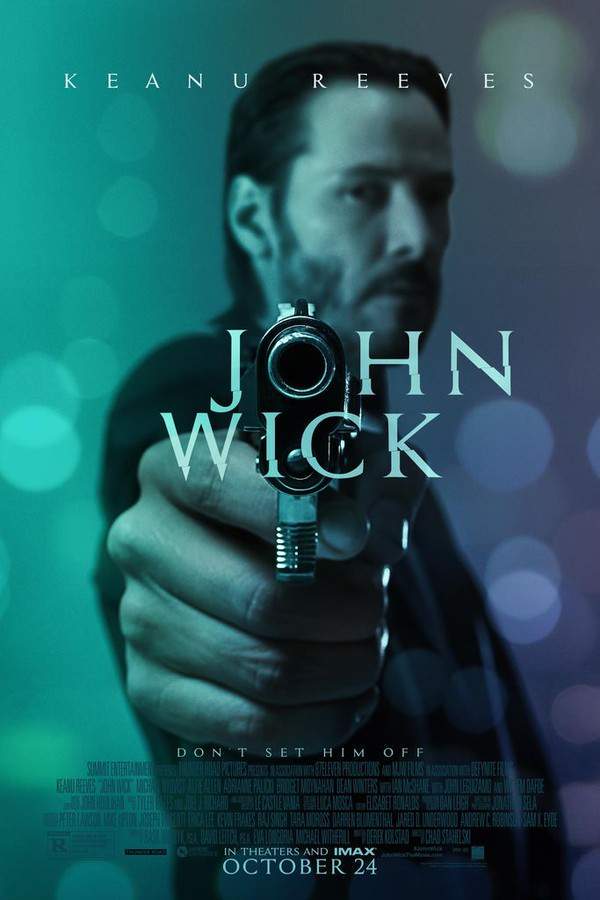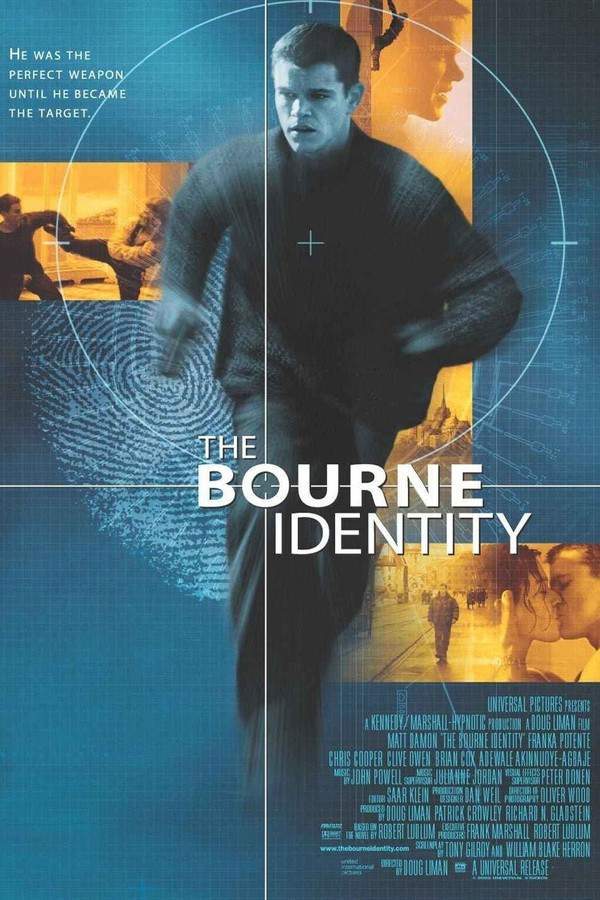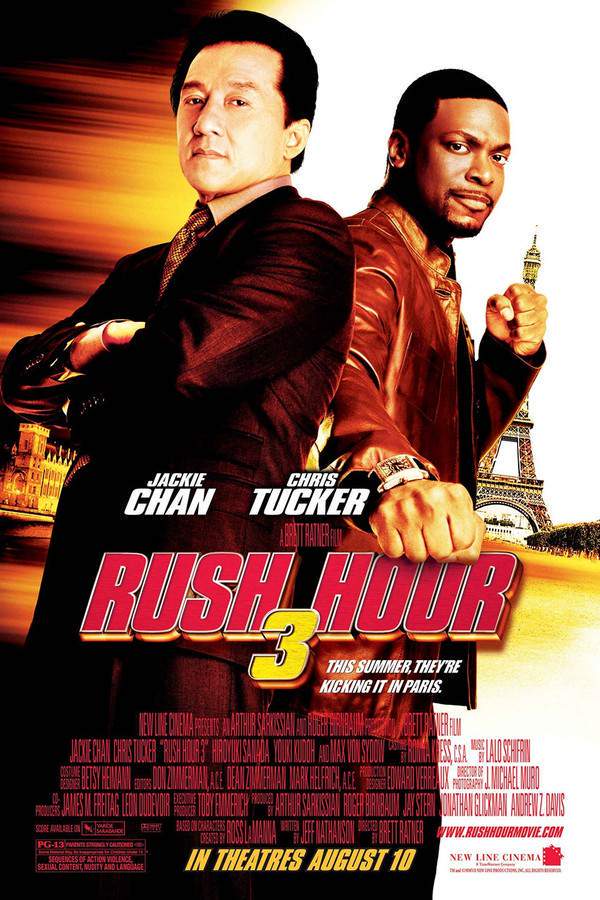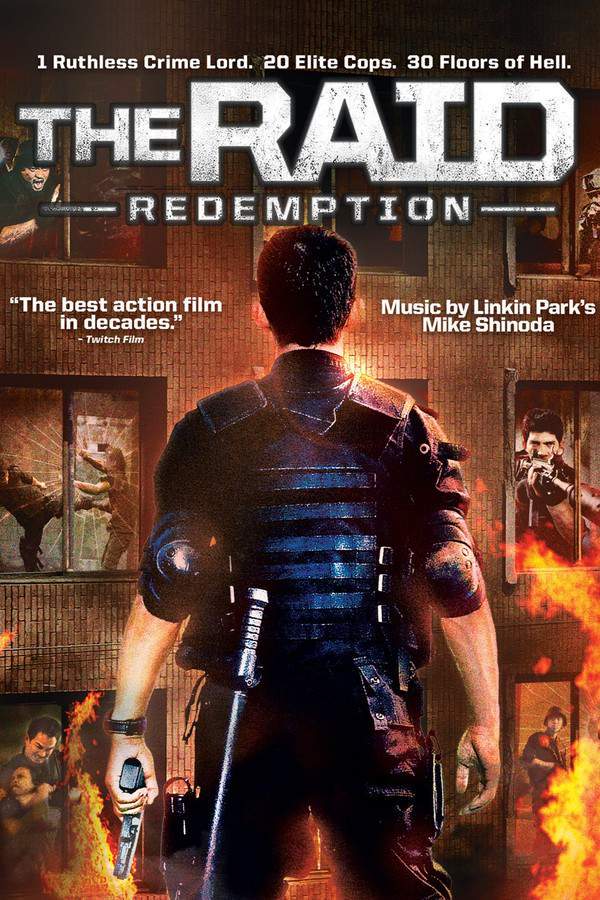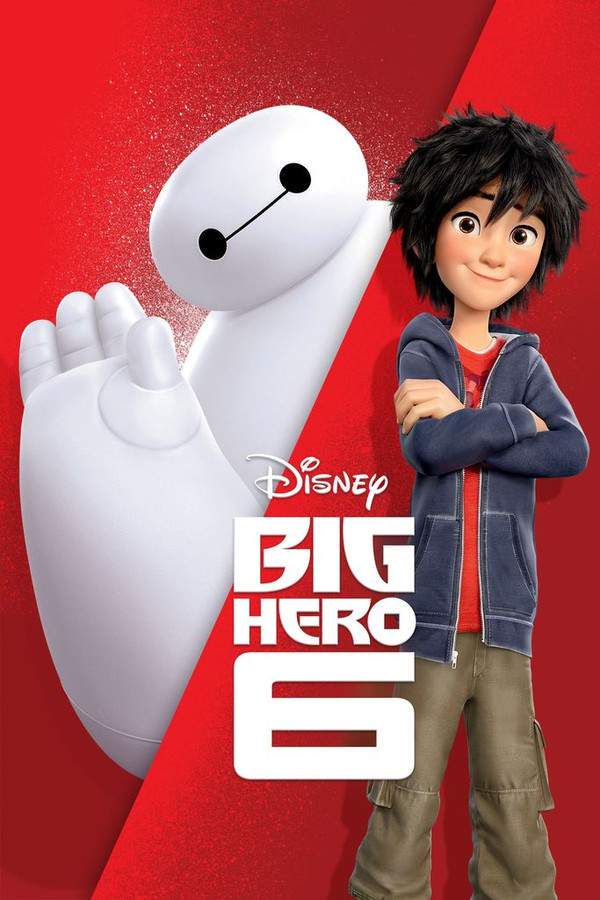What's After the Blog?
History • Cinema
The Influence of Asian Martial Arts on Western Cinema
Explore the dynamic influence of Asian martial arts on Western cinema, highlighting its impact on action sequences, cultural representation, and the evolution of filmmaking styles.
August 17, 2024

Movies mentioned in this article
The Influence of Asian Martial Arts on Western Cinema
Introduction
The integration of Asian martial arts into Western cinema marks a significant chapter in the history of film. This fusion of East and West has not only enriched the action genre but has also led to the creation of some of the most iconic and enduring films in cinematic history. Initially perceived as a niche interest, martial arts films have transcended cultural barriers, influencing a wide range of Western movies and filmmakers. From the high-flying kicks of Bruce Lee to the graceful swordplay of samurai cinema, the impact of Asian martial arts is evident across a spectrum of Hollywood productions. This post aims to explore the journey of martial arts from Eastern shores to the Western screen, highlighting key films and figures who played pivotal roles in this cultural exchange. As a resource for movie enthusiasts, ATM (What’s After the Movie) offers a unique lens to explore this genre, providing insights into the movies that have shaped this dynamic blend of Eastern martial arts and Western cinema.
Origins of Martial Arts in Cinema
The roots of martial arts in cinema can be traced back to the early 20th century in Asia, particularly in countries like China, Japan, and Korea. These films were initially grounded in the cultural and mythological stories of their respective countries, often featuring skilled warriors and elaborate fight sequences. The Japanese samurai films, such as Akira Kurosawa’s Seven Samurai, were among the first to gain international attention, mesmerizing audiences with their detailed choreography and ethical narratives.
However, it was the explosive emergence of Bruce Lee that truly catapulted Asian martial arts into the global limelight. Lee’s films, including The Big Boss and Enter the Dragon, broke box office records and created a massive following. His unique style, combining traditional martial arts techniques with his own philosophy and charisma, resonated with Western audiences, opening the doors for Asian martial arts in Hollywood.
Another significant contributor to this genre was Hong Kong cinema, particularly during the 1970s and 1980s. Filmmakers like John Woo and actors such as Jackie Chan and Jet Li brought a new energy to martial arts films. Their movies, like Police Story and Once Upon a Time in China, blended fast-paced action with intricate storytelling, adding a fresh dimension to the genre.
These early forays set the stage for a broader acceptance and integration of Asian martial arts in Western cinema, laying the groundwork for a cultural crossover that would enrich and redefine action filmmaking in Hollywood.
Transition to Western Screens
The transition of martial arts from Eastern to Western screens marked a significant shift in the global film landscape. The 1970s and 1980s witnessed a surge in popularity of martial arts movies in the West, largely driven by the charismatic appeal of Bruce Lee and the visually stunning action sequences that these films offered. Enter the Dragon, released in 1973, stands as a seminal moment in this transition. Not only was it among the first major co-productions between Hong Kong and American film studios, but it also showcased martial arts in a way that had never been seen before by Western audiences. The film’s success opened the floodgates for a wave of martial arts movies that captivated viewers with their unique blend of athleticism, artistry, and philosophy.
This period also saw the rise of martial arts stars who became household names in the West. Jackie Chan, with his acrobatic fighting style and comedic timing, brought a new flavor to martial arts cinema with films like Rumble in the Bronx and Drunken Master. Meanwhile, Jet Li’s Once Upon a Time in China series introduced a blend of historical drama and martial arts, providing a deeper cultural context to the high-octane action.
The influence of Asian martial arts cinema extended beyond action sequences and fight choreography. It introduced Western audiences to a new storytelling paradigm where physical combat was intertwined with character development and moral themes. Movies like Crouching Tiger, Hidden Dragon not only featured breathtaking martial arts sequences but also told complex stories rich in emotion and depth.
”How Did Bruce Lee Influence Hollywood?”
Bruce Lee’s influence on Hollywood cannot be overstated. He was not just a film star; he was a cultural icon who reshaped the perception of Asian actors in Western cinema and introduced a new genre to Hollywood. His philosophy of martial arts, which emphasized fluidity, directness, and personal expression, was revolutionary. Lee’s approach to fight choreography, which focused on realism and efficiency rather than flashy, stylized movements, changed how action scenes were filmed in Hollywood.
Lee’s impact extended beyond the screen. He was instrumental in popularizing martial arts in the West, leading to a surge in interest in martial arts training among Western audiences. His films, including Fist of Fury and The Way of the Dragon, showcased martial arts not just as a form of combat but as a way of life, imbued with philosophy and spiritual depth.
Furthermore, Lee’s insistence on authentic portrayals of martial arts and Asian culture set a new standard in Hollywood. He fought against stereotypical depictions and pushed for more respectful and accurate representations. This legacy is evident in modern films that continue to draw inspiration from his work, blending martial arts with diverse genres and narratives.
In essence, Bruce Lee’s influence on Hollywood was transformative. He bridged the gap between East and West, bringing a new artistic and cultural sensibility to Western cinema that continues to resonate in contemporary filmmaking.
Evolution of Martial Arts in Modern Cinema
The evolution of martial arts in modern Western cinema has been characterized by a blend of traditional elements with innovative filmmaking techniques. This fusion has led to the creation of a new cinematic language that transcends cultural boundaries. In the late 1990s and early 2000s, films like The Matrix revolutionized the way martial arts were portrayed in Western cinema. The Wachowskis, influenced by Asian cinema, incorporated wire-fu techniques, a style of choreography using wire harnesses to create gravity-defying action sequences, which became immensely popular in Hollywood. This trend was furthered by movies like Kill Bill and Crouching Tiger, Hidden Dragon, which blended traditional martial arts with a unique visual style, thereby creating a cinematic experience that was both culturally rich and visually spectacular.
Another notable evolution is the integration of martial arts into various film genres, extending beyond traditional action films. Superhero movies, for instance, have increasingly incorporated martial arts into their fight choreography, as seen in films like Black Panther and the Marvel Cinematic Universe series. This integration highlights the versatility of martial arts as a storytelling tool, capable of enhancing character development and narrative depth.
The influence of martial arts in modern cinema also extends to its thematic and narrative structures. Western films have started to explore the philosophical and spiritual aspects of martial arts, often using them as a medium to delve into deeper human experiences and conflicts. This shift is indicative of a growing appreciation and understanding of martial arts not just as a form of physical combat but as an art form that encompasses a broader cultural and philosophical significance.
Fusion of Styles: East Meets West
The fusion of Eastern martial arts with Western filmmaking techniques has led to a dynamic and innovative style of cinema. This fusion is not just about action sequences; it’s about merging storytelling techniques, aesthetic styles, and cultural elements to create something entirely new. Films like Crouching Tiger, Hidden Dragon and John Wick serve as prime examples of this synthesis. In Crouching Tiger, Hidden Dragon, director Ang Lee combined traditional Chinese martial arts with a narrative style more common in Western cinema, resulting in a film that appeals to a global audience. Similarly, the John Wick series, while rooted in Western action film traditions, incorporates martial arts techniques in its fight choreography, showcasing a seamless blend of Eastern and Western styles.
This blend has also led to the creation of new sub-genres within action cinema. The martial arts noir, for example, combines the complex fight choreography of martial arts films with the dark, brooding atmosphere of film noir. This cross-cultural exchange not only enriches the cinematic experience but also fosters a greater understanding and appreciation of different cultural art forms. It represents a dialogue between East and West, where each learns from and enhances the other, leading to a continually evolving and exciting landscape in global cinema.
”Why Are Martial Arts Action Scenes So Popular in Western Films?”
The popularity of martial arts action scenes in Western films can be attributed to several key factors. Firstly, these scenes offer a visceral thrill that is both visually spectacular and emotionally engaging. The choreography of martial arts fights combines grace and power, creating sequences that are as much a dance as they are a display of combat skills. Films like John Wick and The Bourne Identity exemplify this, where the fight scenes are intricately choreographed, offering a level of intensity and realism that captivates audiences.
Secondly, martial arts action scenes often serve as a medium for character development and storytelling. In these films, combat is not just about physical prowess; it’s a way to reveal characters’ personalities, backgrounds, and motivations. For example, in The Matrix, Neo’s progression in martial arts skill mirrors his growth and acceptance of his role as “The One.” Similarly, in Batman Begins, Bruce Wayne’s martial arts training is pivotal in his transformation into Batman, symbolizing his discipline, determination, and moral code.
Lastly, the cultural fusion inherent in these scenes adds an exotic flair that resonates with a wide range of audiences. The incorporation of various martial arts styles from different cultures not only adds diversity to the action sequences but also introduces global audiences to new forms of storytelling and expression. This cultural blend, seen in movies like Rush Hour, where Eastern martial arts meet Western comedy, makes these films uniquely appealing and contributes to their widespread popularity.
Contemporary Influences and Future Trends
The contemporary influence of Asian martial arts on Western cinema continues to grow, shaping the future trends in action filmmaking. As global cinema becomes more interconnected, the exchange of styles and techniques between Eastern and Western filmmakers is producing innovative and groundbreaking films. Movies like The Raid, which showcases the Indonesian martial art of Pencak Silat, have gained international acclaim, influencing Western action choreography with their intense and fast-paced fight sequences.
Looking to the future, it’s likely that we will see an even greater integration of diverse martial arts styles from around the world in Western cinema. This could lead to more authentic representations of these arts, moving away from stereotypical portrayals to more nuanced and respectful depictions. Furthermore, the rise of global streaming platforms provides a unique opportunity for films from different cultures to reach a wider audience, potentially leading to a new wave of martial arts films that blend various cultural elements and storytelling techniques.
As this genre continues to evolve, platforms like ATM (What’s After the Movie) play a crucial role in helping audiences navigate and appreciate the rich tapestry of films influenced by Asian martial arts. Whether it’s identifying movies with standout martial arts sequences or exploring the cultural significance behind them, ATM offers a gateway to understanding the global impact of martial arts in cinema.
The Cultural Impact of Martial Arts in Cinema
The cultural impact of martial arts in cinema extends far beyond the action sequences and thrilling fight scenes. It has played a significant role in shaping perceptions and understanding of Asian cultures in the Western world. Films like Crouching Tiger, Hidden Dragon and Hero, with their deep roots in Asian philosophy and aesthetics, have introduced Western audiences to a new realm of storytelling that interweaves martial arts with cultural, spiritual, and philosophical elements. These films have opened a dialogue about cultural identity and representation, challenging stereotypes and providing a more nuanced portrayal of Asian cultures.
Moreover, the integration of martial arts into Western cinema has fostered a greater appreciation for the discipline, precision, and artistry that these fighting styles embody. It has led to a surge in interest in martial arts as a form of physical exercise, self-defense, and a way of life. This cultural exchange has not only enriched the film industry but has also contributed to a deeper mutual respect and understanding between Eastern and Western cultures.
Conclusion
The influence of Asian martial arts on Western cinema is a testament to the universal appeal and power of storytelling through action and movement. From the early days of Bruce Lee breaking barriers in Hollywood to the modern fusion of styles in films like The Matrix and John Wick, martial arts have left an indelible mark on the world of cinema. This cross-cultural journey has not only elevated the action genre but has also bridged cultural divides, bringing a diverse audience together in their appreciation for the art of martial arts.
As we continue to witness the evolution of this genre, platforms like ATM (What’s After the Movie) offer invaluable insights and information, allowing movie enthusiasts to explore and understand the rich history and cultural significance of martial arts in cinema. The fusion of Asian martial arts and Western filmmaking is a vibrant, ongoing narrative, one that promises to bring more innovative storytelling and breathtaking cinematic experiences to audiences around the world.
Discover More on What’s After the Movie
Thank you for joining us on this exploration of the influence of Asian martial arts on Western cinema. For more insights into the world of movies, and to discover the stories behind some of your favorite films, visit the What’s After the Movie Blog. Whether you are a martial arts aficionado or a general movie fan, our blog offers a wealth of information to deepen your understanding and appreciation of cinema’s diverse and rich tapestry.
Continue reading

What's After the Movie?
Not sure whether to stay after the credits? Find out!
Explore Our Movie Platform
New Movie Releases (2025)
Famous Movie Actors
Top Film Production Studios
Movie Plot Summaries & Endings
Major Movie Awards & Winners
Best Concert Films & Music Documentaries
Movie Collections and Curated Lists
© 2025 What's After the Movie. All rights reserved.

